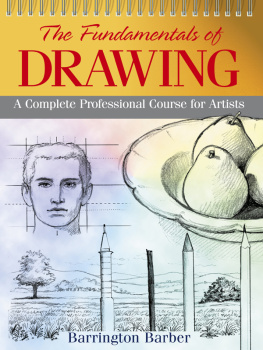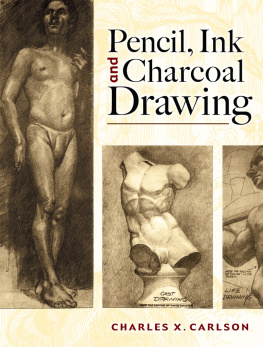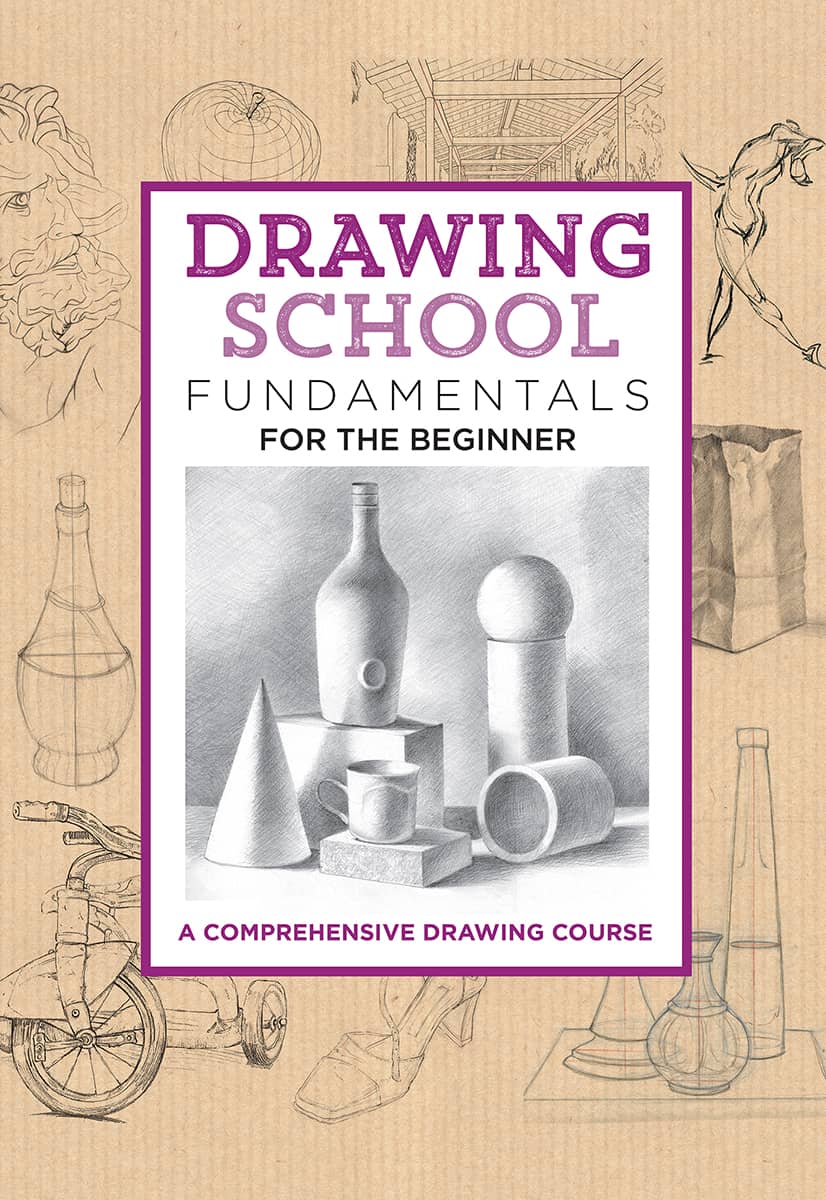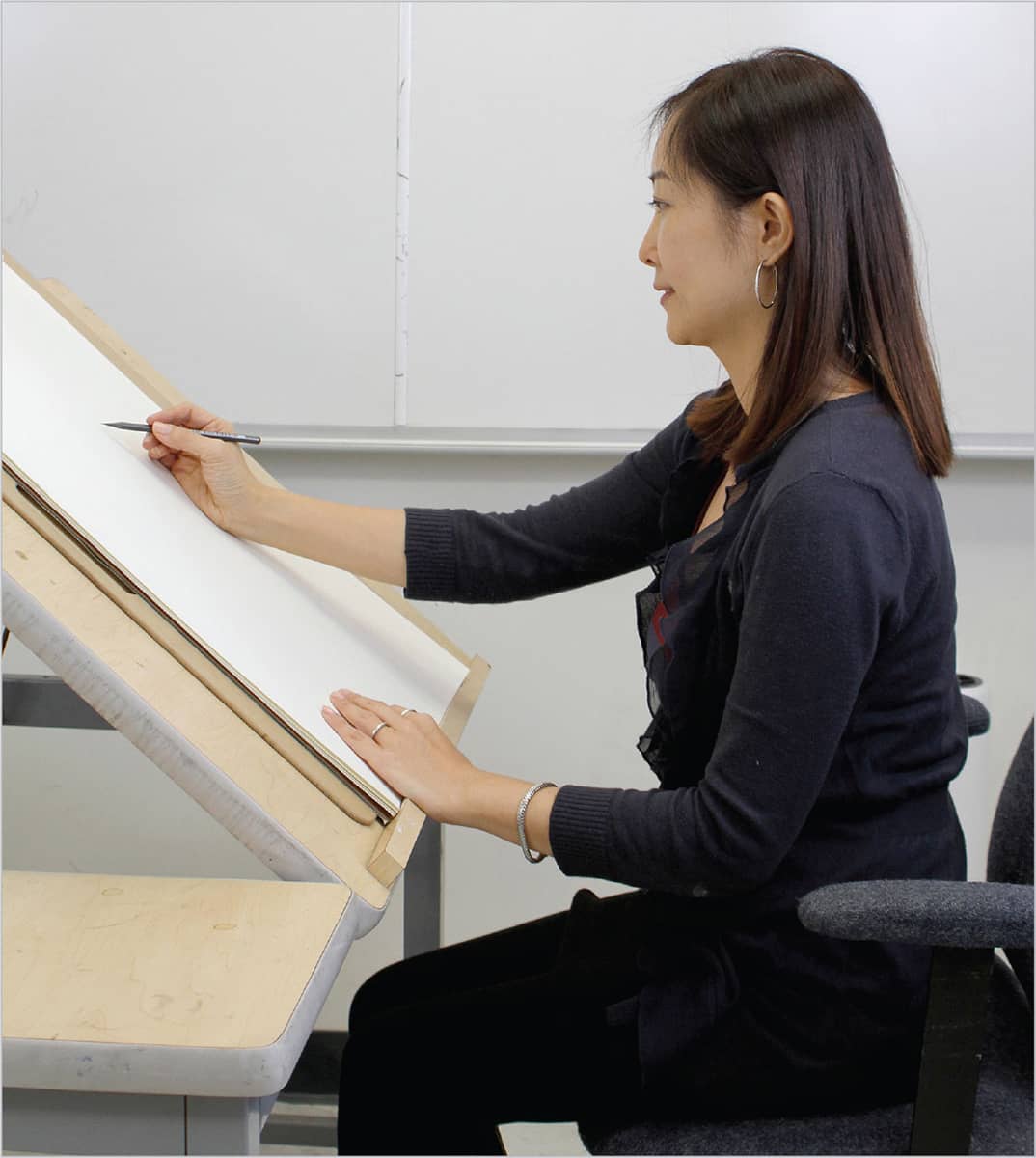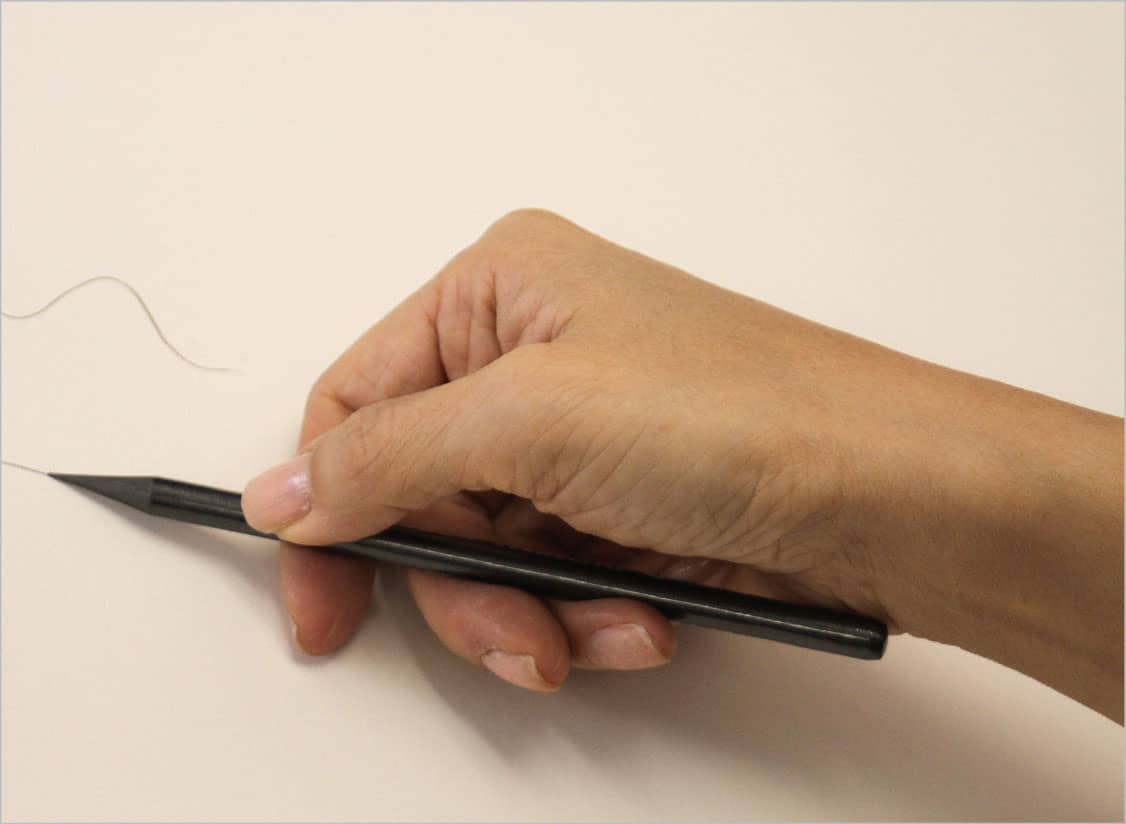Jim Dowdalls - Drawing School: Fundamentals for the Beginner: A Comprehensive Drawing Course
Here you can read online Jim Dowdalls - Drawing School: Fundamentals for the Beginner: A Comprehensive Drawing Course full text of the book (entire story) in english for free. Download pdf and epub, get meaning, cover and reviews about this ebook. year: 2018, publisher: Walter Foster Publishing, genre: Art / Computer. Description of the work, (preface) as well as reviews are available. Best literature library LitArk.com created for fans of good reading and offers a wide selection of genres:
Romance novel
Science fiction
Adventure
Detective
Science
History
Home and family
Prose
Art
Politics
Computer
Non-fiction
Religion
Business
Children
Humor
Choose a favorite category and find really read worthwhile books. Enjoy immersion in the world of imagination, feel the emotions of the characters or learn something new for yourself, make an fascinating discovery.

- Book:Drawing School: Fundamentals for the Beginner: A Comprehensive Drawing Course
- Author:
- Publisher:Walter Foster Publishing
- Genre:
- Year:2018
- Rating:5 / 5
- Favourites:Add to favourites
- Your mark:
Drawing School: Fundamentals for the Beginner: A Comprehensive Drawing Course: summary, description and annotation
We offer to read an annotation, description, summary or preface (depends on what the author of the book "Drawing School: Fundamentals for the Beginner: A Comprehensive Drawing Course" wrote himself). If you haven't found the necessary information about the book — write in the comments, we will try to find it.
Structured like a traditional drawing class, Drawing School: Fundamentals for the Beginner covers the concepts all serious beginning artists need in order to master basic drawing skills, including form, space, depth, proportion, composition, perspective, and more. To start the exploration, California State University art professor Jim Dowdalls demonstrates how to use the different types of drawing tools, including how to hold a pencil, how to use supports, and how to make a variety of marks and strokes. Artists will discover helpful information for understanding value and learning to create a value scale, as well as how to build value in their drawings using various techniques.
Throughout this educational book, myriad step-by-step exercises and drawing projects encourage artists to put their newfound knowledge to use and practice the concepts and techniques demonstrated. With the skills and techniques they acquire in this comprehensive yet affordable drawing course, beginning artists will be ready to take their artwork to the next level. Filled with beautiful artwork that will inspire budding artists to continue to build and grow their craft, Drawing School: Fundamentals for the Beginner is the perfect place to start a mastery of fine art.
Jim Dowdalls: author's other books
Who wrote Drawing School: Fundamentals for the Beginner: A Comprehensive Drawing Course? Find out the surname, the name of the author of the book and a list of all author's works by series.

